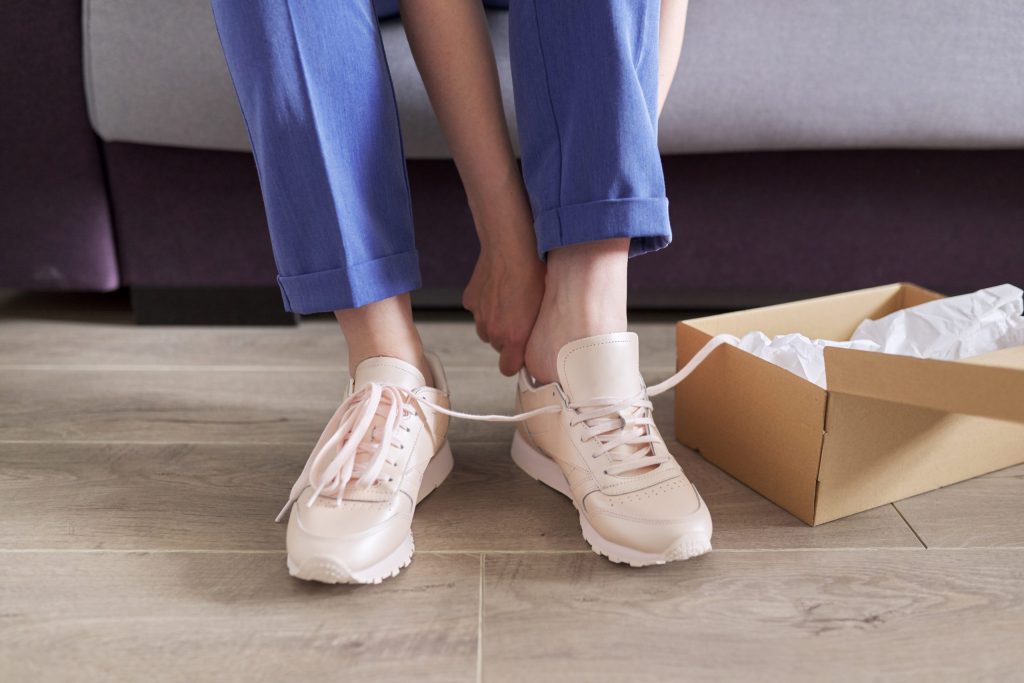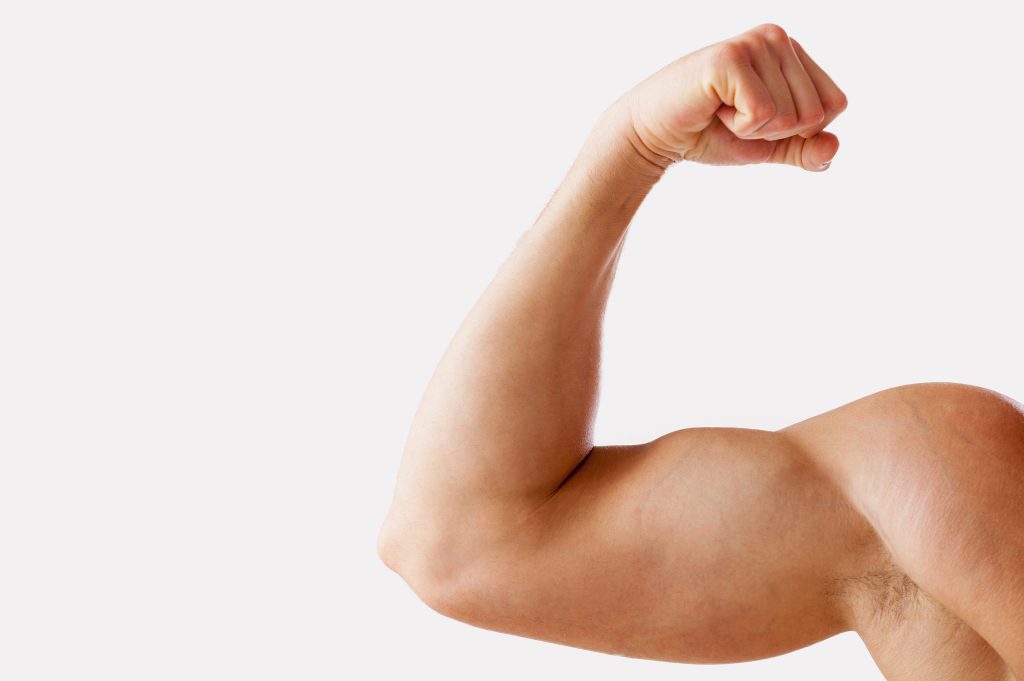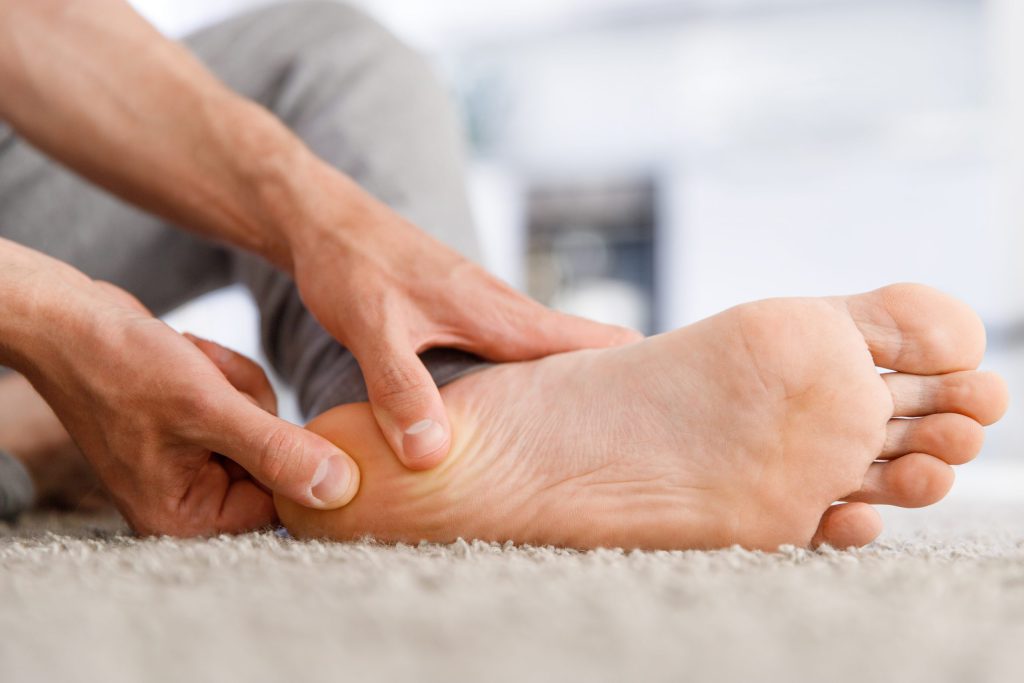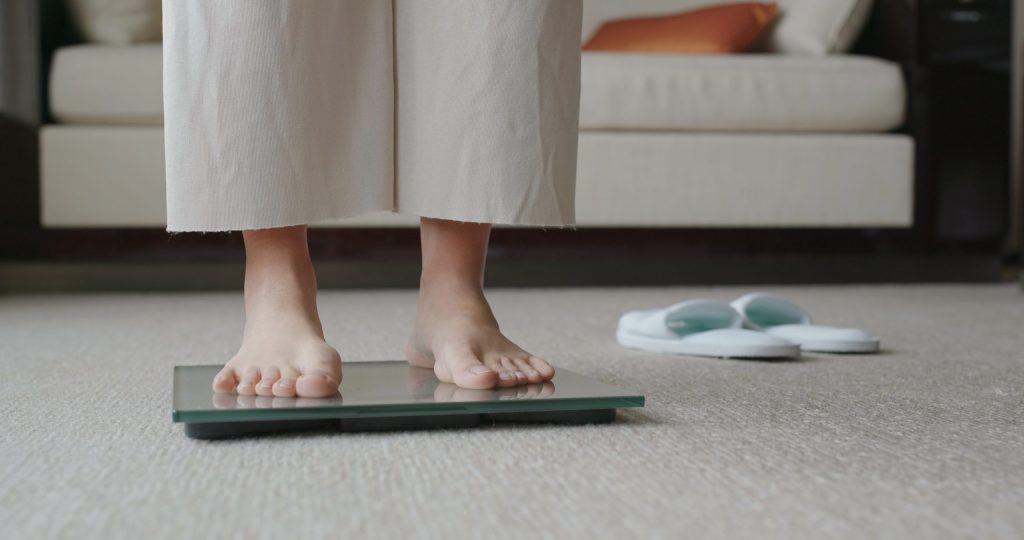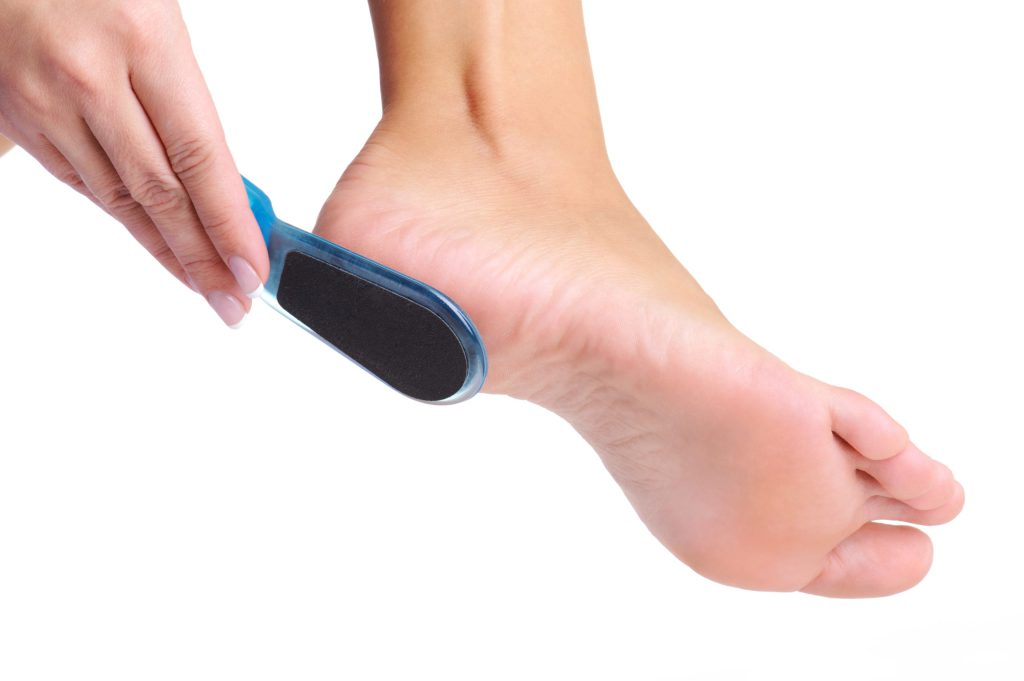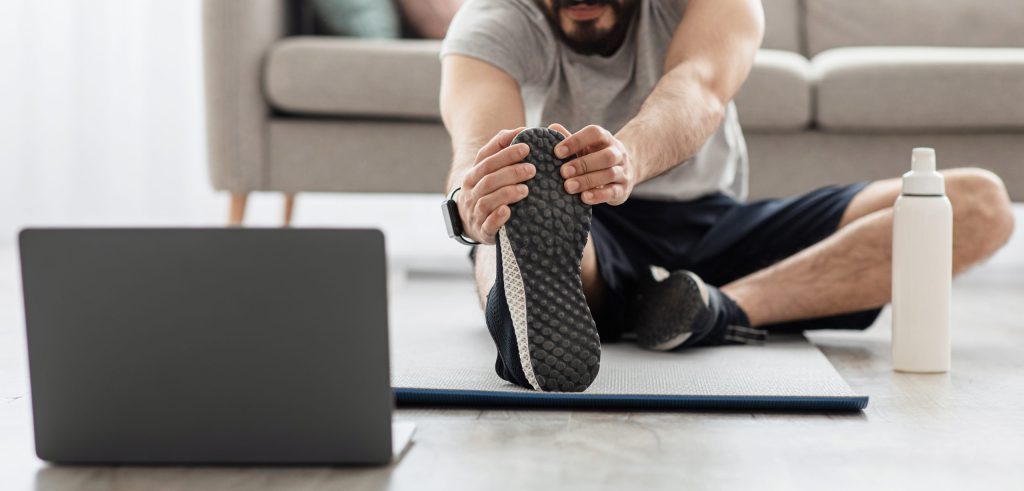Buying shoes? Here is your checklist
Are you considering purchasing new shoes? That should be awesome, but wait 5 minutes only! Do you know that ill-fitting shoes can cause many foot problems such as pain, deformities of the feet, and even falls?! Unfortunately, it’s true. So, buying shoes should no longer be dependent just on fashion, but there are other factors to consider before making a decision and purchasing a new shoe. You will find a great solution in this blog post. Checklist before buying shoes You should ensure that the shoes meet these standards before purchasing them. The heel is less than 2.5 cm. The shoe has laces and stays firmly on your foot. There is about 1 cm between your longest toe and the shoe when you stand. The shoes have a well-cushioned sole. Made from a breathable material. Protects your feet from injury & keeps your feet safe from harm. It has the same shape as your foot. The heel provides the required protection. Don’t forget to check through the previous conditions and make sure that all of them are fulfilled in the new shoes, because if they aren’t, the shoes won’t provide the necessary protection and support for your feet. But why all this long list? Because choosing proper fitting shoe aid in the maintenance of its health & minimizing foot discomfort. Each criterion has a purpose, for example High-heeled shoes may cause sores and calluses due to increased pressure on the ball of the foot. The higher the heel, the greater the stress and damage. If the shoe does not provide the necessary support for your feet, your toes will twist to stabilize it. This can cause the upper part of the shoe to rub against your toes. This can cause corns and calluses and affect the muscles in the feet. Friction between your toes and the end of the shoe can cause toe damage and toenail pain. Shoes with a cushioned, supportive sole absorb any shock and reduce pressure under the feet. The material from which the shoe is made is very important, for example, those that do not allow the passage of air may cause fungal infections. Protecting the feet from entering foreign bodies that can hurt the feet is the main function of shoes. It is necessary for diabetics to wear closed shoes. You can consult a podiatrist at a Health and Style Medical Center to see if you are wearing the right shoes for you and to discuss more information if necessary.
Buying shoes? Here is your checklist Read More »
